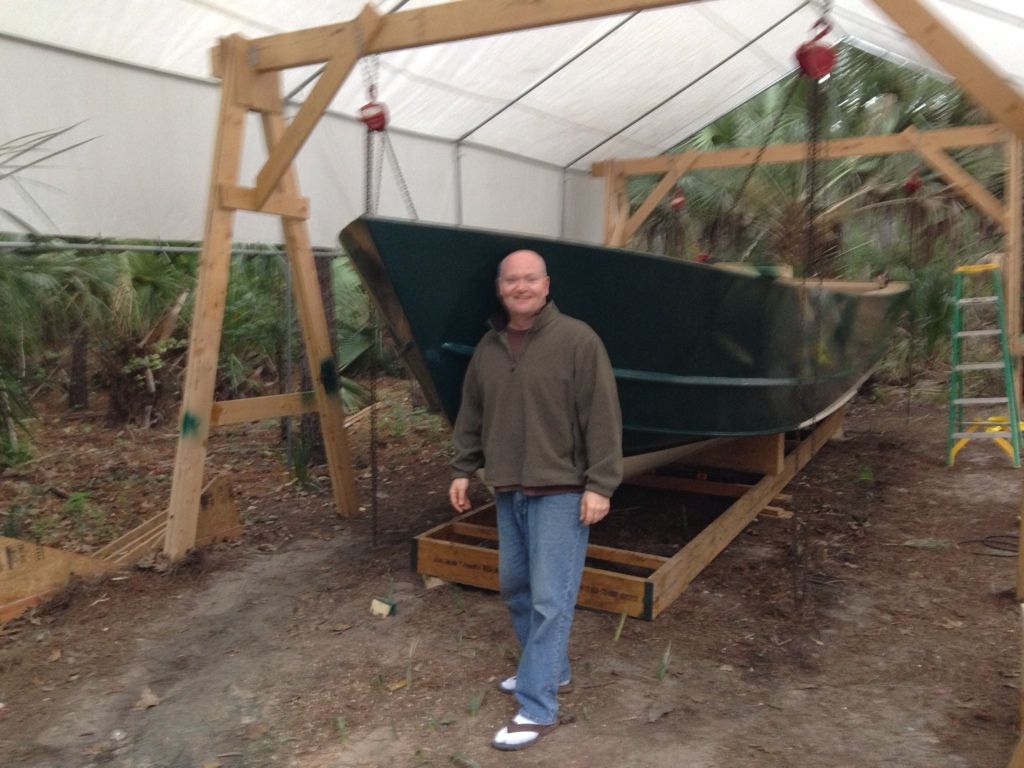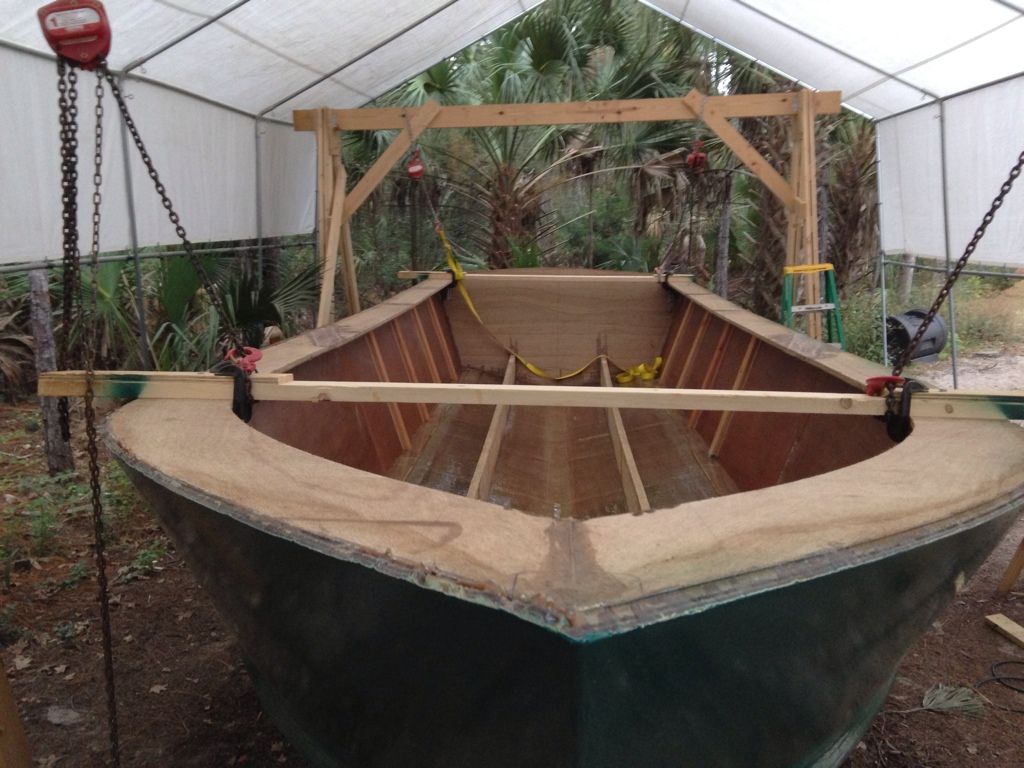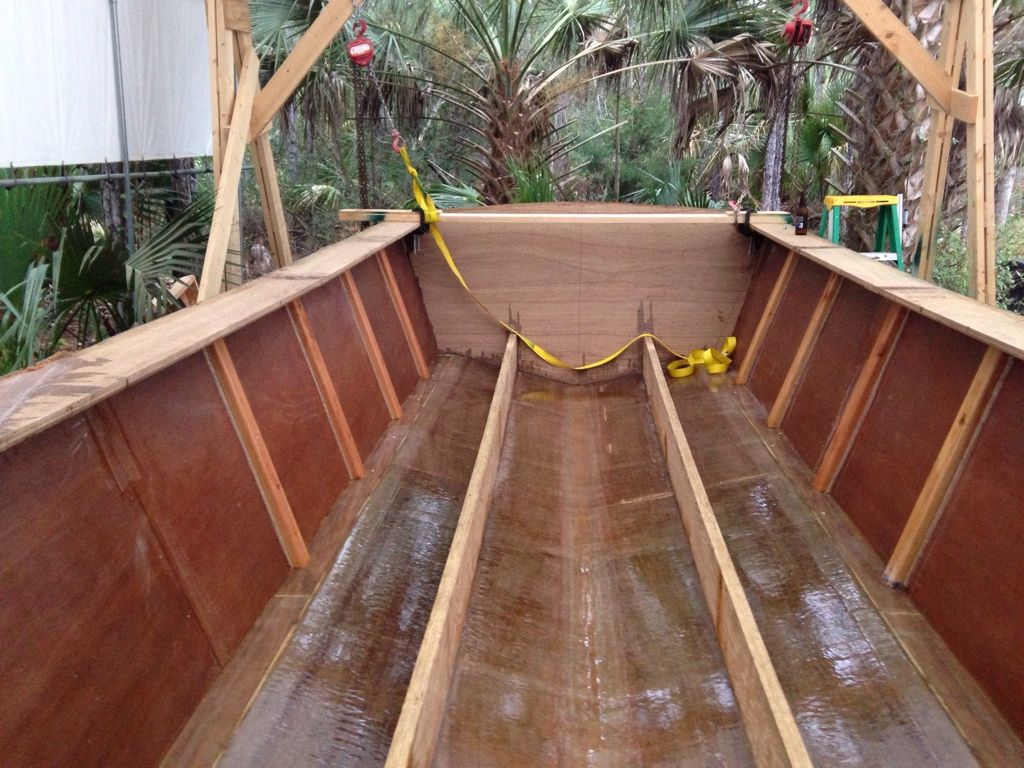1
General Discussion about the Great Alaskan / I dont understand some of the steps when making the cuddy side panels!?
« on: January 24, 2013, 07:39:08 AM »
I am just about to start making the cuddy side panels. I am very confused about some of the steps, they seem to be a bit wordy.
First of all, why do the side panels extend the foot or so aft of the cuddy aft bulkhead. In the instructions is goes on about leaving them long and letting the angle go wild and trimming to level or slightly level. Why wouldnt you just stop the cuddy side panel at the cuddy aft bulk head and then start a new side panel for the pilot house lower side panels?
Secondly, fitting and cutting the cuddy side panels seems confusing to me.....
Please tell me if this is the general idea....
Cut blanks at 18" x 80" ( i left mine at 96")
Place blank into slot at Cuddy Aft and Fwd bulkhead
Clamp blank against sheerdeck between bulkheads
Scribe sheerdeck line, trim and replace
Mark top of aft and fwd bulkhead
Draw straight line between two points and cut.
Glue in side panel
Is this the general idea? Why the 1-1/2" line above and clamps and drilling holes and nails and battens?
Also, as mentioned earlier, why not just cut the side panel flush with the aft bulkhead and start a new one? My pilot house will be 7' long, so this way I would not have to scab two pieces together.
Please educate me!!!
Jim
First of all, why do the side panels extend the foot or so aft of the cuddy aft bulkhead. In the instructions is goes on about leaving them long and letting the angle go wild and trimming to level or slightly level. Why wouldnt you just stop the cuddy side panel at the cuddy aft bulk head and then start a new side panel for the pilot house lower side panels?
Secondly, fitting and cutting the cuddy side panels seems confusing to me.....
Please tell me if this is the general idea....
Cut blanks at 18" x 80" ( i left mine at 96")
Place blank into slot at Cuddy Aft and Fwd bulkhead
Clamp blank against sheerdeck between bulkheads
Scribe sheerdeck line, trim and replace
Mark top of aft and fwd bulkhead
Draw straight line between two points and cut.
Glue in side panel
Is this the general idea? Why the 1-1/2" line above and clamps and drilling holes and nails and battens?
Also, as mentioned earlier, why not just cut the side panel flush with the aft bulkhead and start a new one? My pilot house will be 7' long, so this way I would not have to scab two pieces together.
Please educate me!!!
Jim







